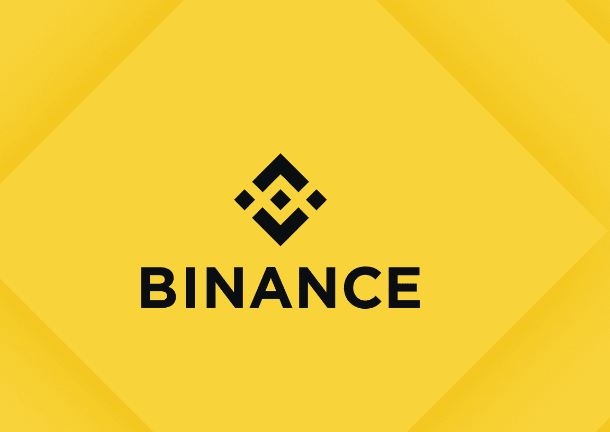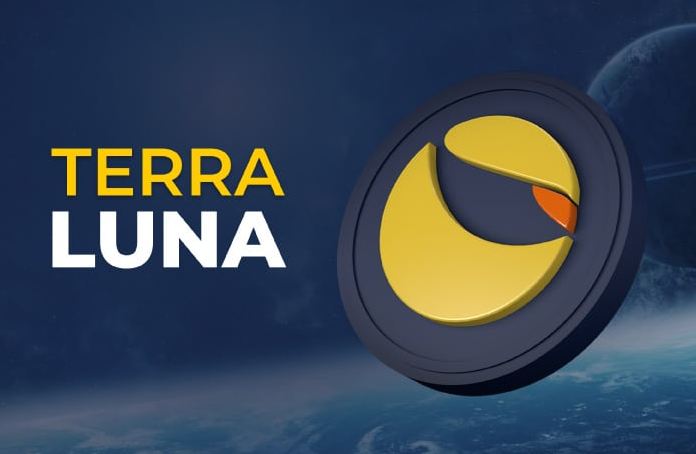Blockchain Definition and Work Functionality (Simplified Tutorial for Inverters)
Blockchain works by combining several key technologies to create a decentralized and secure ledger of transactions. Here’s a basic overview of how it works:
- Transactions: A transaction is a transfer of value between users in the network, such as a transfer of funds or the exchange of goods or services.
- Blocks: Transactions are grouped into blocks, which are verified and added to the existing chain of blocks (hence the name “blockchain”). Each block contains a unique identifier, called a “hash”, and a reference to the hash of the previous block, creating a linked chain of blocks.
- Verification: When a new block is created, it is verified by network participants called “nodes”. Nodes perform a consensus algorithm to ensure that the new block contains valid transactions and that the state of the ledger is consistent across the network.
- Decentralization: The blockchain is decentralized, meaning that there is no central authority or single point of control. Instead, the network is maintained by a network of nodes that work together to validate transactions and maintain the integrity of the ledger.
- Immutability: Once a block is added to the blockchain, the information it contains is permanent and cannot be altered. This makes the blockchain an ideal platform for secure and transparent record-keeping.
These are the basic components of how blockchain works, but the specific implementation can vary depending on the particular blockchain technology and the use case it is being applied to. For example, the consensus algorithm used by Bitcoin is different from the one used by Ethereum, and each has its own advantages and trade-offs.
Read Below More Crypto Currency Interesting Facts:
- Tether Stablecoin Tokens Future Prospectives
- Crypto Currency Expo Dubai 2023
- Decentralized Crypto Currencies
- Terra Luna Classic Crypto Coins
- Best CryptoCurrency Coins Worldwide
- Litecoin Cryptocurrency is better or best
- Polygon Price Rise in 2023
- Ethereum gives a tough competition


